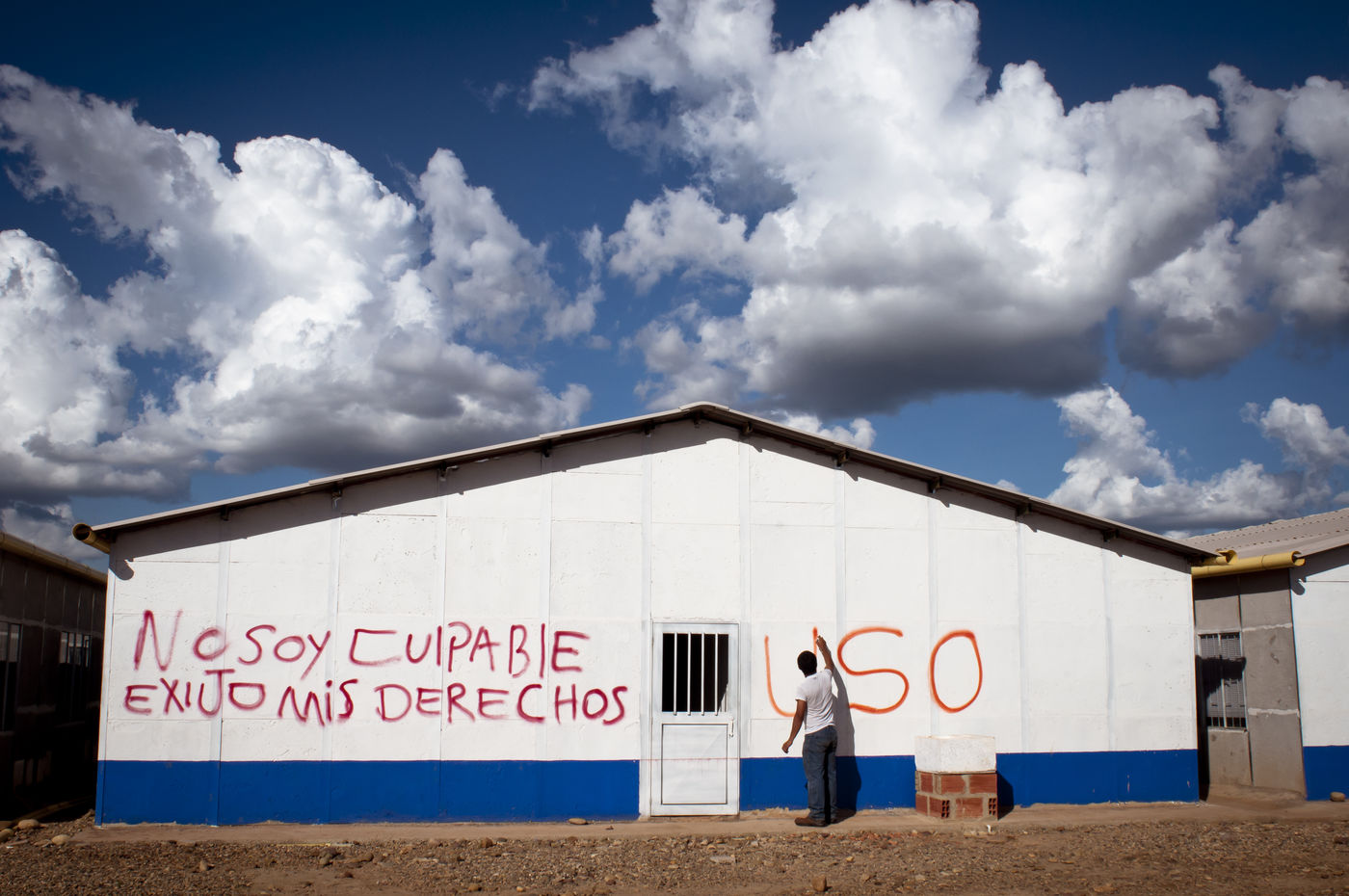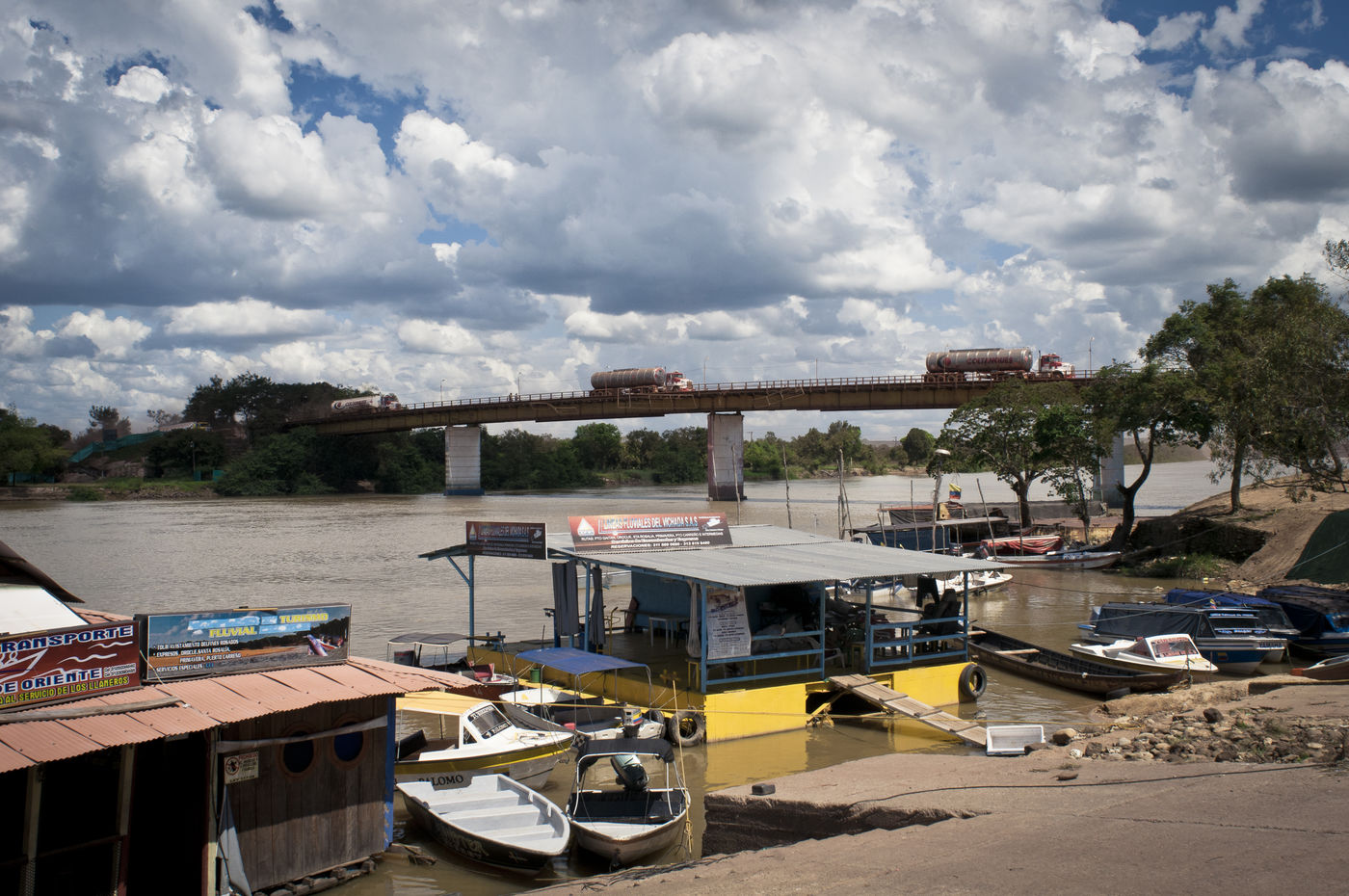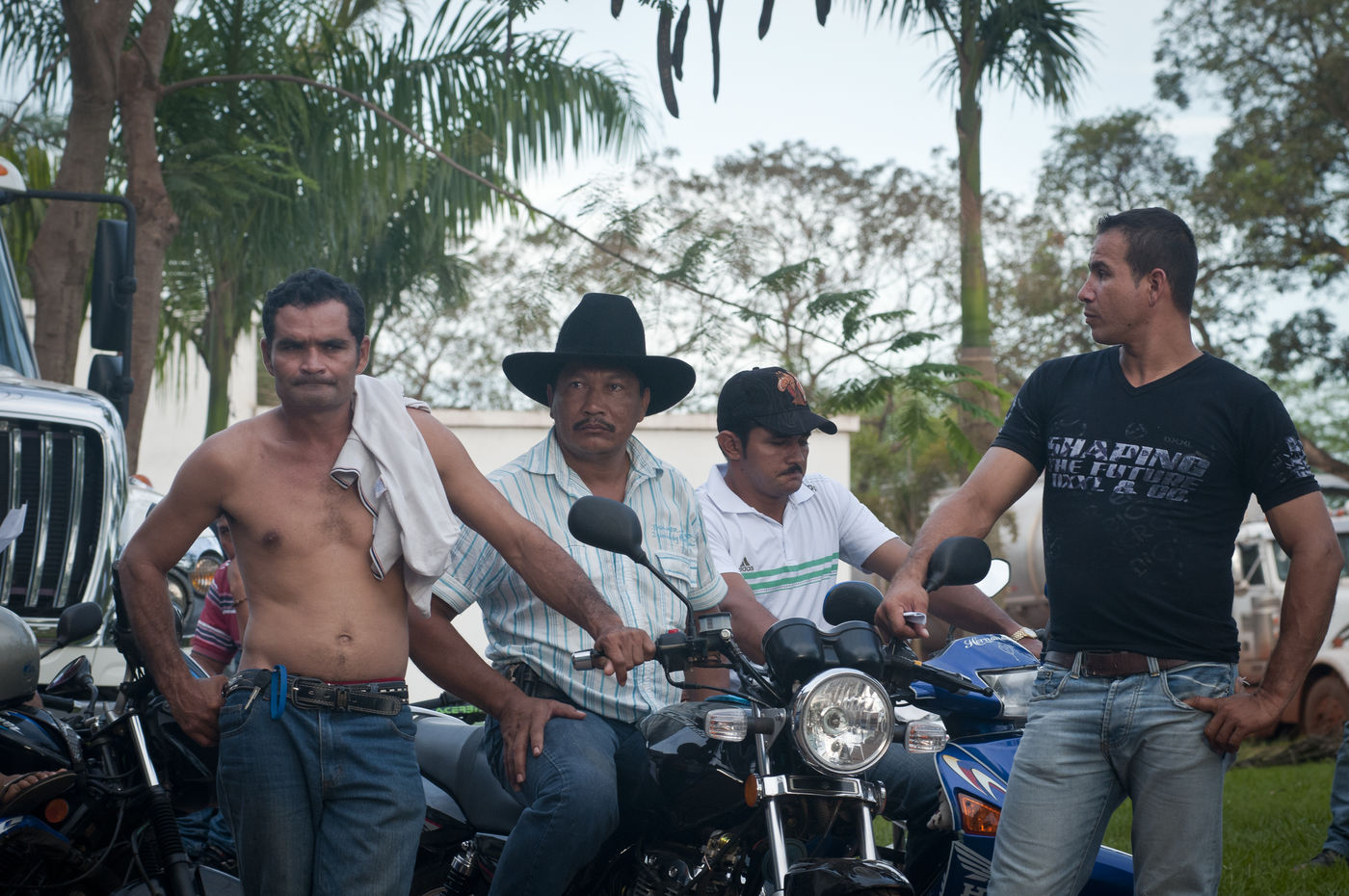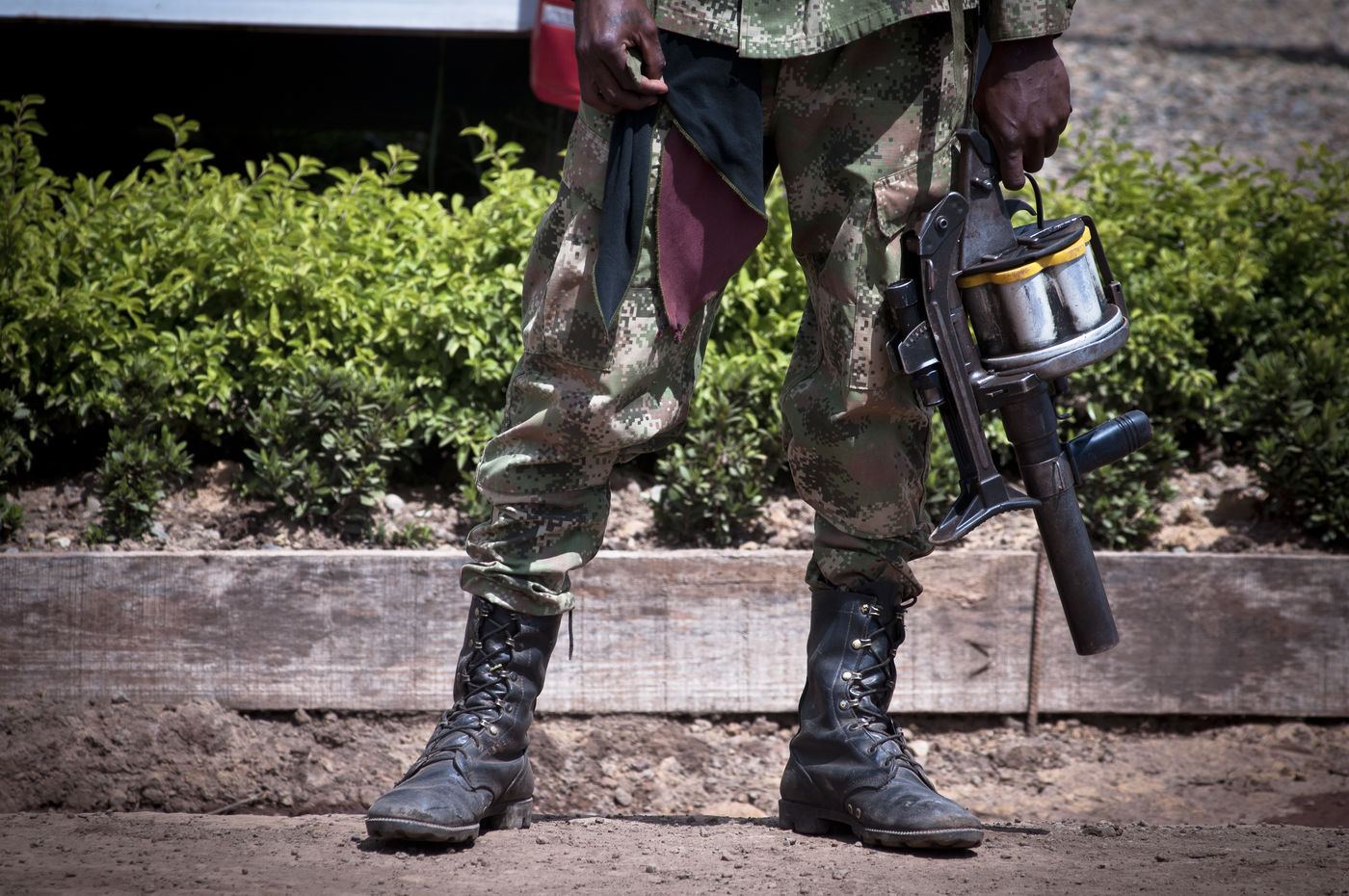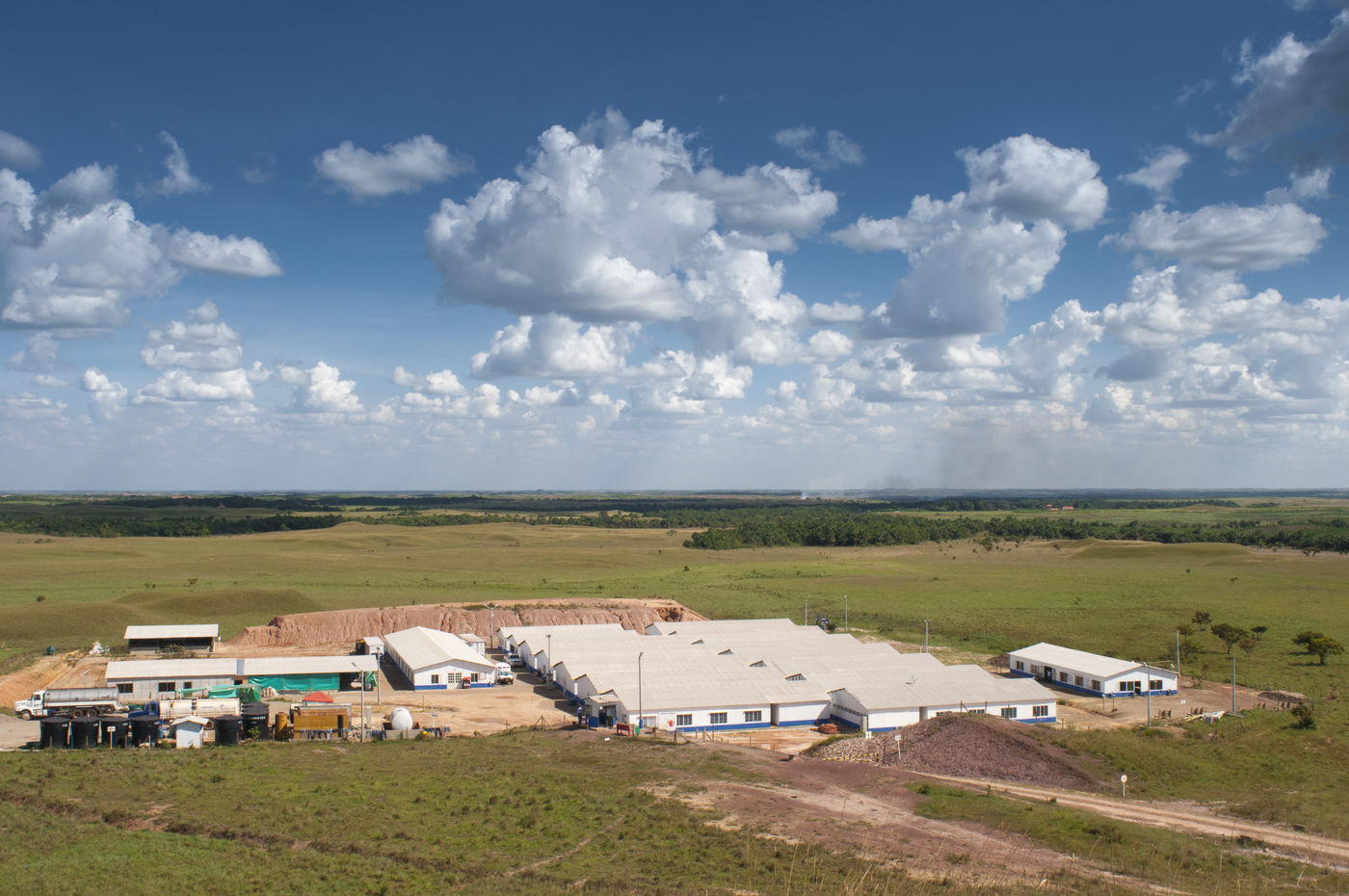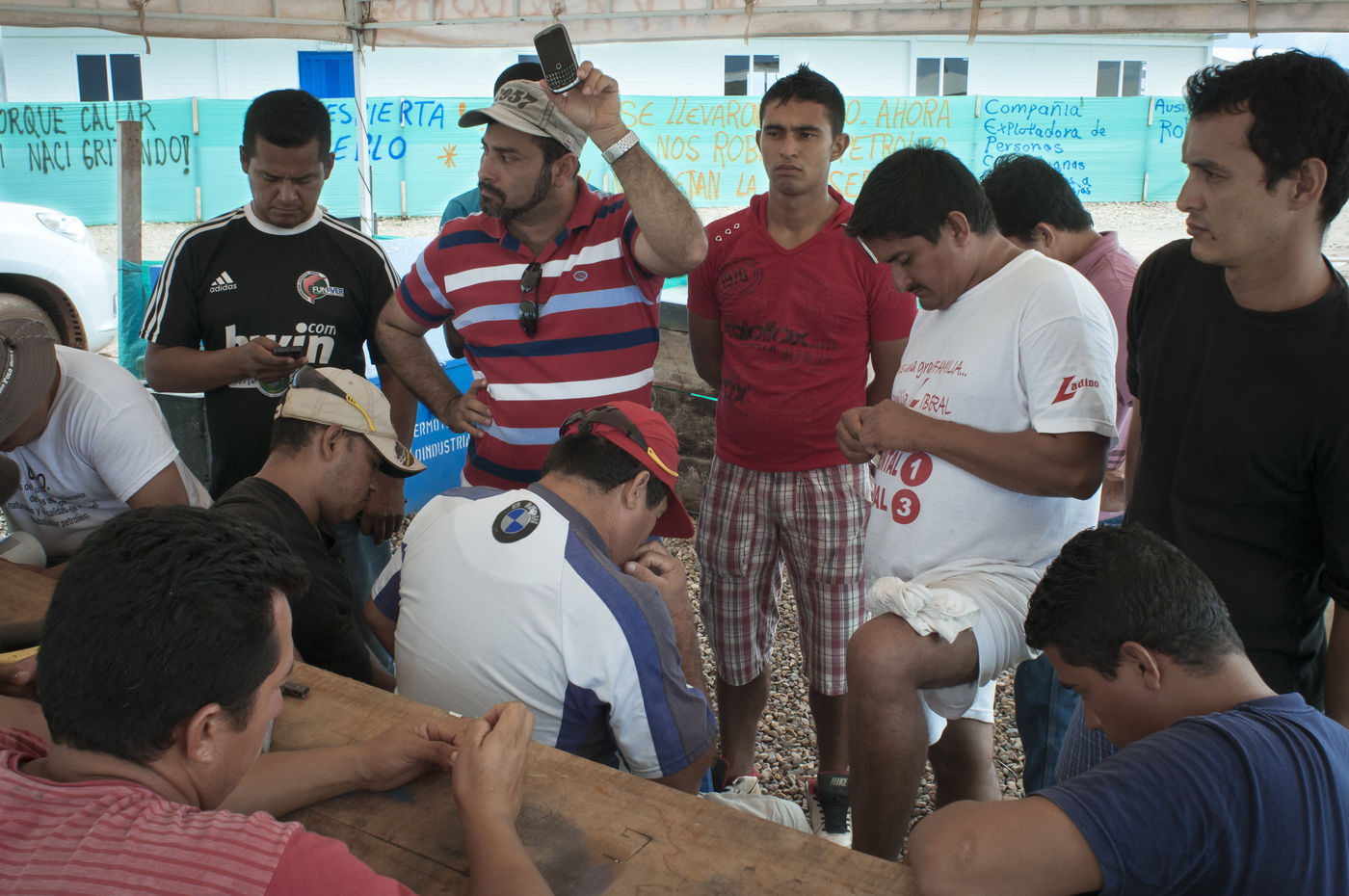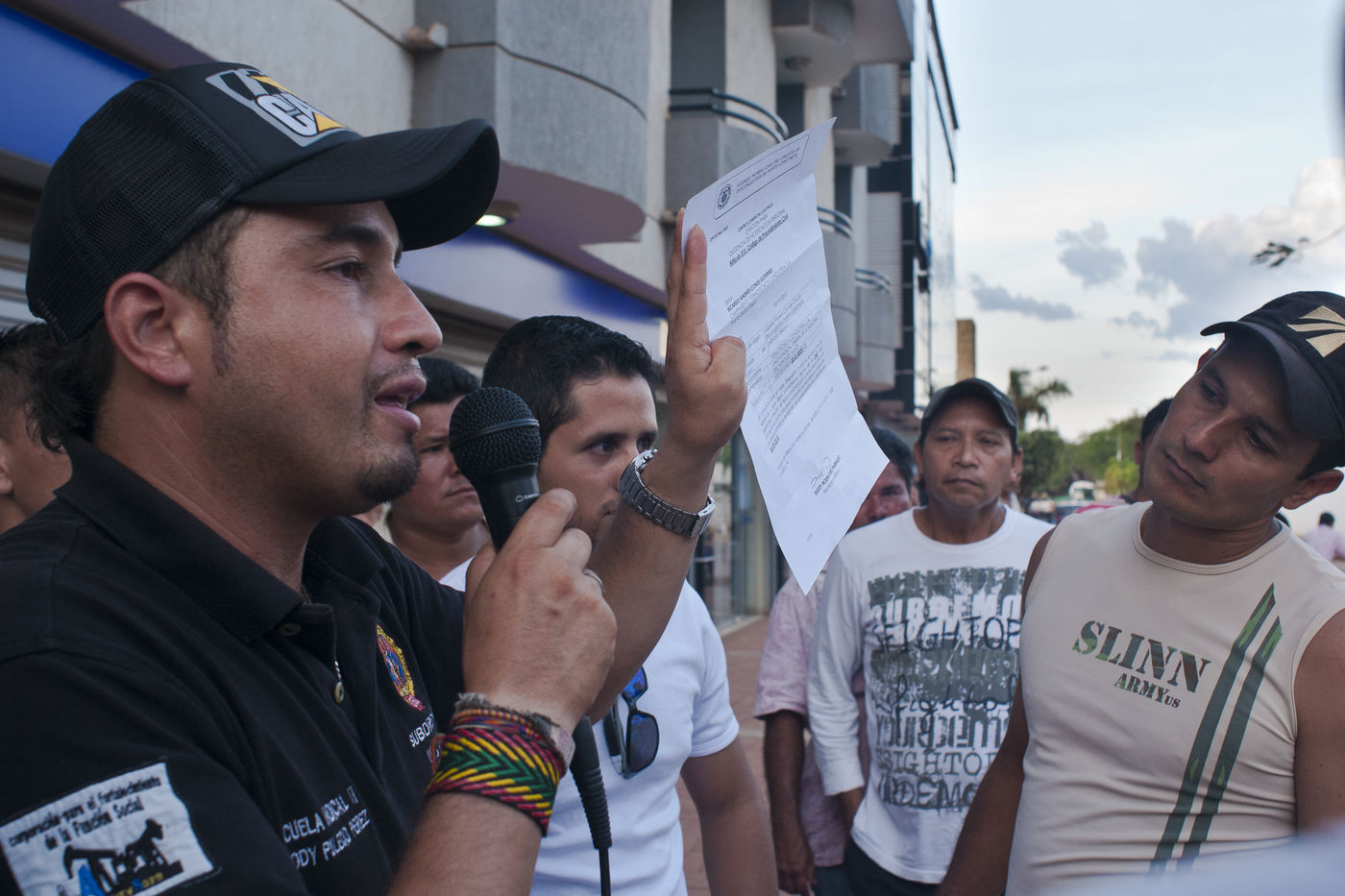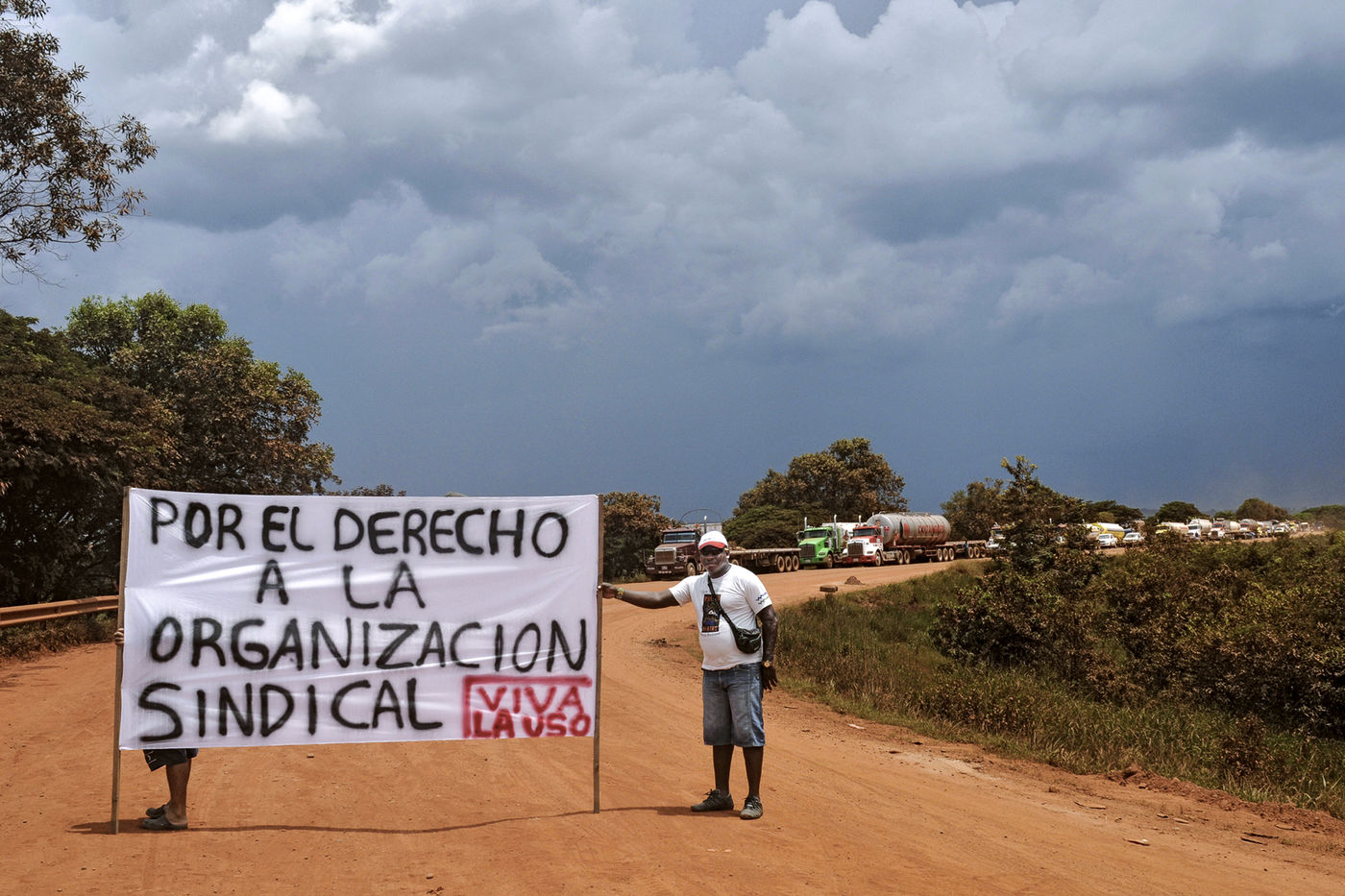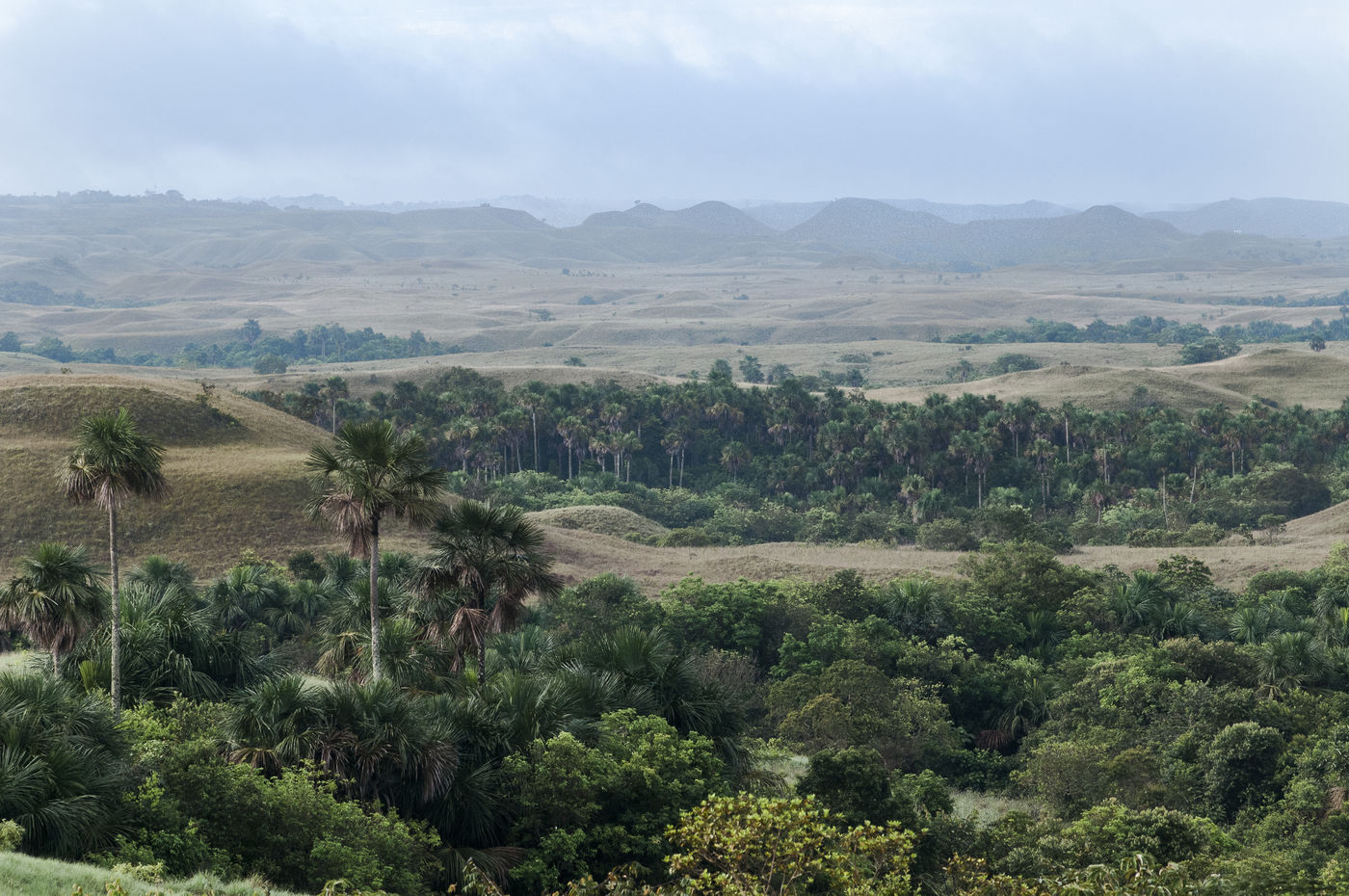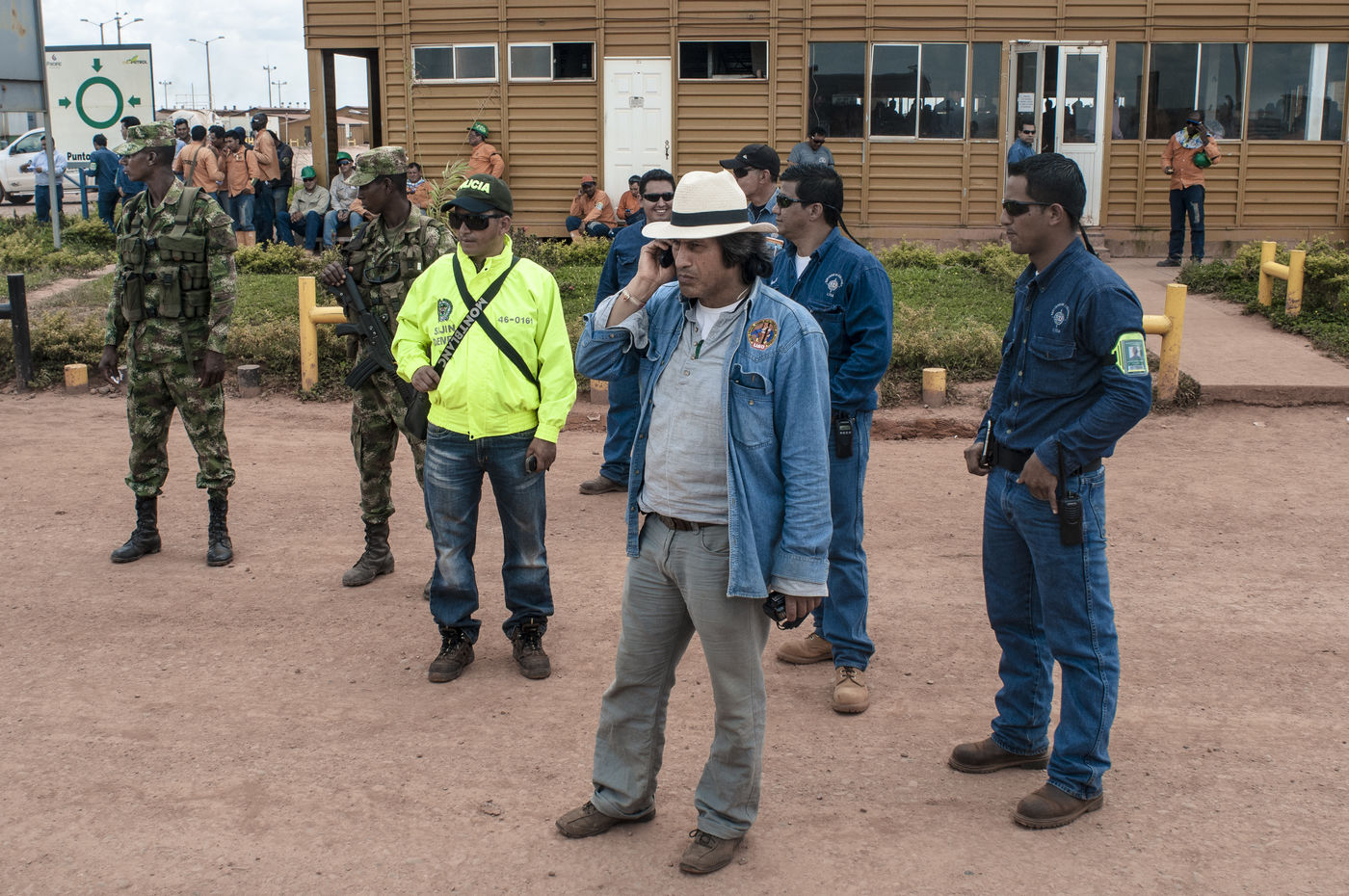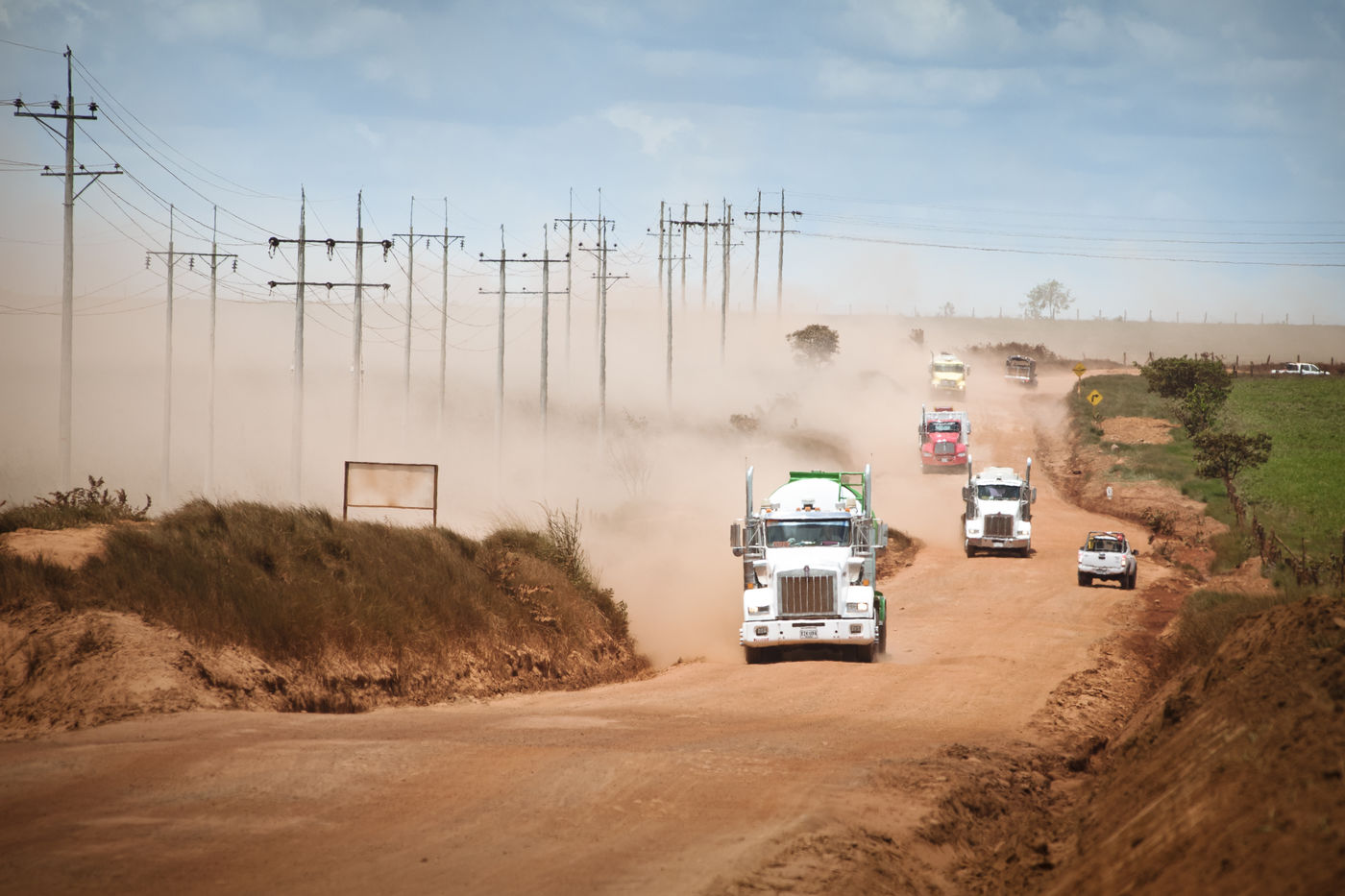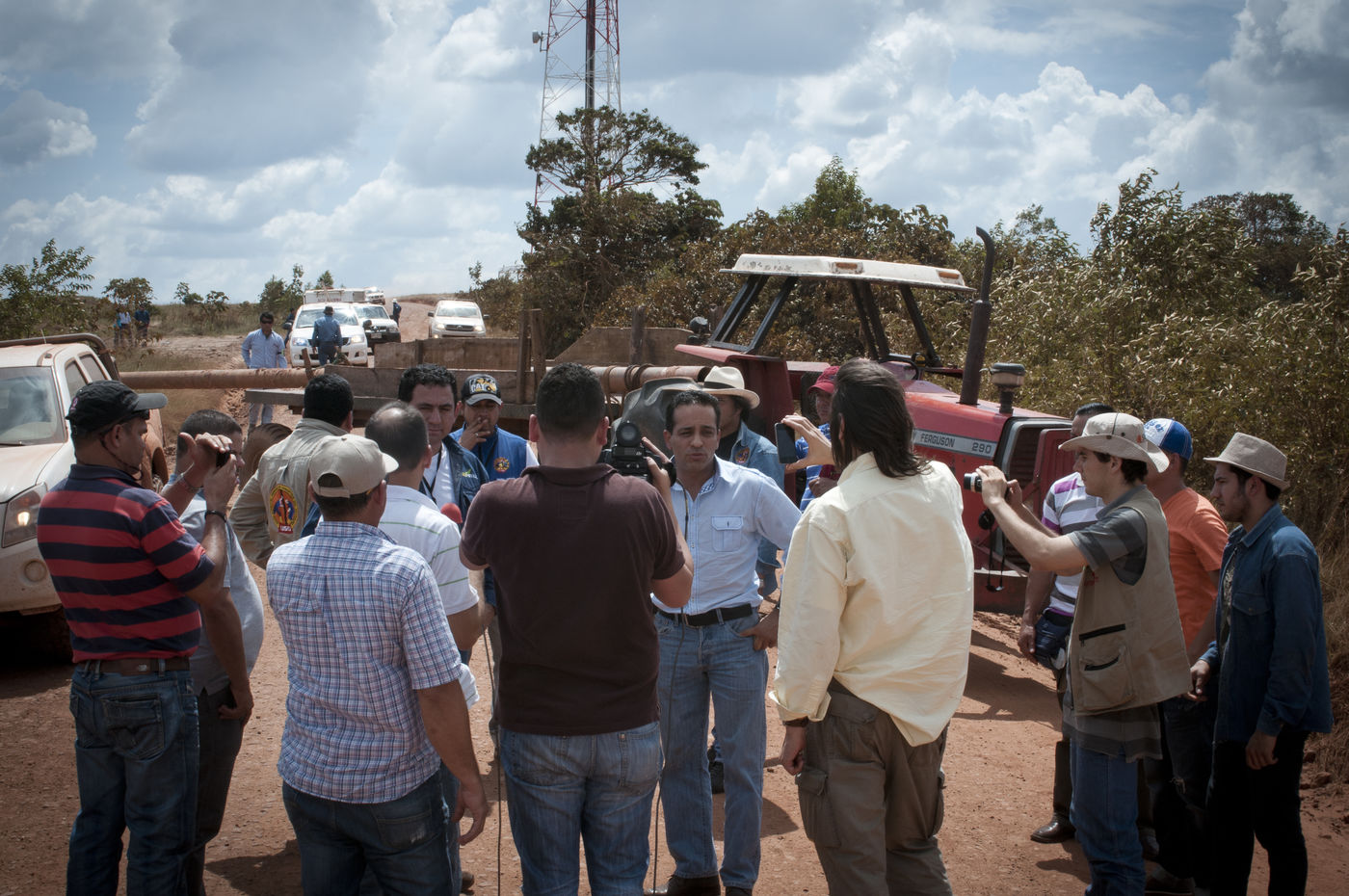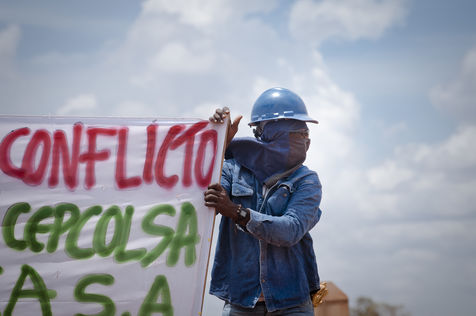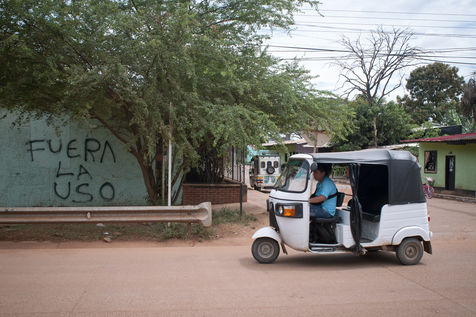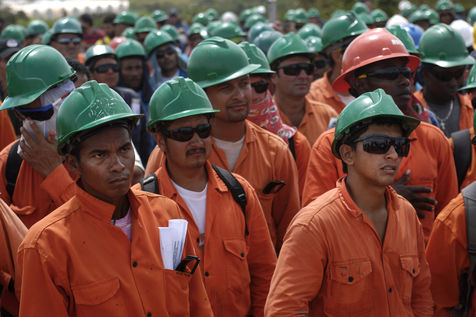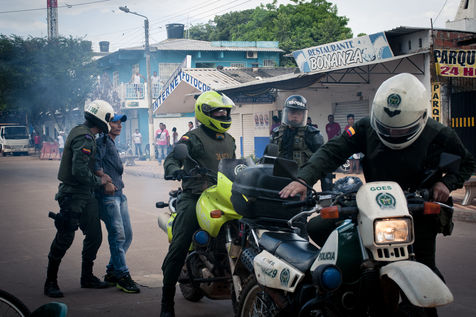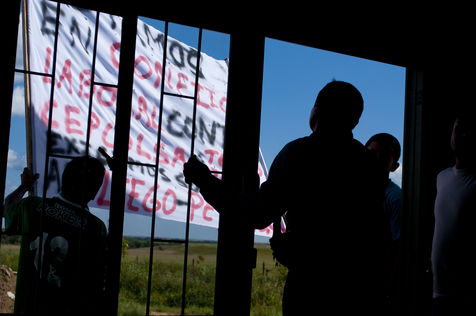Les damnés du pétrole
Pendant longtemps, la Colombie a détenu le triste record mondial d'assassinat de syndicalistes. Au cours de la première décennie du 21e siècle, l'ONG colombienne CINEP relève une moyenne annuelle de 100 syndicalistes tués par an, soit 63 % de la totalité des syndicalistes assassinés de par le monde. Depuis 1985, plus de 3000 syndicalistes ont été tués. Ces données ne prennent pas en compte les cas de détention arbitraire, de menace de mort, de disparition ou de torture.
Le reportage, réalisé en 2012, raconte l'histoire d'un conflit social opposant les travailleurs du syndicat Union Syndicale Ouvrière (USO) avec la multinationale CEPSA et sa sous-traitante Termotécnica. Le conflit s'est terminé par la détention d'un dirigeant de l'USO, incarcéré pendant un an puis acquitté, et par l'assassinat de Milton Rivas Parra, l'un des travailleurs en grève.
L'USO est l'un des plus anciens et puissants syndicats colombiens. Depuis plus de 90 ans, le syndicat se bat pour les droits des ouvriers du pétrole. L'industrie pétrolière est une activité économique essentielle en Colombie qui représente plus de la moitié de ses exportations de capitaux. Aujourd'hui, plusieurs entreprises multinationales exploitent l' "or noir" dans différentes parties du pays. Les terres rurales de Puerto Gaitán, dans les Llanos orientales, donnent plus de 33 % de la production nationale de pétrole. Ces terres isolées faites de savanes, collines, oasis et poussière rouge sont à la frontière de la colonisation agraire. La récente découverte du pétrole a changé radicalement la région, déracinant les communautés autochtones, peuplant ces espaces immenses et changeant le style de vie culturel des traditionnels fermiers llaneros.
Cette industrie se nourrit d'une force de travail flexible venue de tous les coins de Colombie et soumise à des conditions de travail épuisante. À Campo Rubiales et Campo Quifa, où sont les plus importants champs de pétrole de la zone, la multinationale canadienne Pacific Rubiales Energy produit 250 000 barrils par jour, soit le quart de la production nationale. En 2011, l'USO a cherché à organiser les travailleurs et a réussi à affilier la majorité de Campo Rubiales, avant d'être forcé à sortir de la zone. Puis en 2013, à la fin de la grève contre CEPSA, la USO a dû fermer son local de Puerto Gaitan après avoir reçu plusieurs menaces de mort. En 2015, le syndicat tentait de nouveau de revenir dans la zone en ouvrant un nouveau local près de Campo Rubiales.
The damned of petroleum
Colombia has long been known as the deadliest country for trade unionists. For the first decade of 21th century, the Colombian NGO CINEP identified an annual average of 100 union leaders killed per year, making one country representative of 63 % of the worldwide murders of labor leaders. Since 1985, over 3000 trade union activists have been killed. This data does not take into account the cases of arbitrary detention, death threats, disappearances or torture.
This series presents examples of this tragic blow to the freedom of association and the fundamental right to strike. It tells the story of a social conflict between USO workers and a multinational CEPSA subcontractor, Termotécnica, that took place in 2012. The conflict ends with the detention of USO leader, and the death of one of the workers, Milton Rivas Parra, murdered by 26 bullets in unexplained circumstances.
The USO (Union Sindical Obrera) is the oldest and one of the most powerful trade union in the country. For over 90 years the USO has fought for the defense of oil workers rights and been a leading voice in keeping Colombia?s precious oil resources in the hands of the nation under the banner ?Dignity and Sovereignty?. The petroleum industry is an essential economic activity for Colombia, representing over half of the country?s foreign export capital. Today, several multinational companies are exploiting this ?black gold? in many parts of country. The rural lands of Puerto Gaitán, in the oriental Llanos, currently constitute more than 33 % of the national oil production. This isolated place made of savannas, hills, oasis, red dust and sand, is a border for the colonization process. The recent discovery and subsequent oil boom have radically changed the region, uprooting indigenous communities, populating the open spaces and changing the cultural lifestyle of the traditional ?Llaneros? farmers.
This industry is fed with a flexible workforce coming from all parts of Colombia, who are subject to dreadful working conditions. In Campo Rubiales and Campo Quifa, the largest oilfields in the area, the Canadian multinational Pacific Rubiales Energy produces 250.000 barrels per day, representing a quarter of the national production. In 2011, the USO launched an organizing effort with workers and succeed in affiliating a majority of Campo Rubiales, before being forced out by an axis of armed state forces, Pacific Rubiales Energy?s actions and a newly formed company union.
The USO office was closed in Puerto Gaitán after the local leaders received numerous death threats. Today, the USO has restored their commitment to establishing a presence in the region. In January 2015 the union opened a new headquarters that is being staffed by recently returned workers who were forced to exil due to death threats following the 2011 organizing process.
